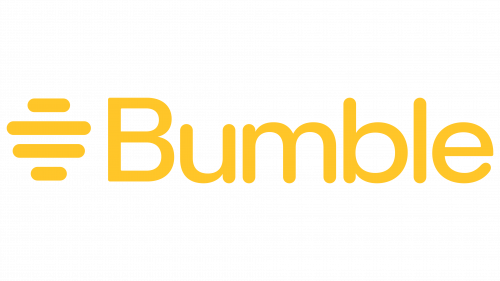Detecting Memory Leaks in Android Applications
Dropbox sniffs out Android memory leaks to keep their app running lean.
Showing 20 of 534 articles (Page 20 of 27)

Dropbox sniffs out Android memory leaks to keep their app running lean.

AWS Amplify’s CDN caching makes apps load faster with less wait.

Zalando digs into how Flexbox works in Jetpack Compose for Android UI.
Crashes can be one of the most straightforward types of issues to debug. There are many different categories of crashes that can happen on iOS - everything from bad memory access

Pinterest uses Honeycomb to keep their CI clear, stable, and easy to watch.

Walmart traces CI/CD performance to keep their pipeline reliable.

Uber rolled up their sleeves to tackle the hefty size of their iOS app and slim it down.

Pinterest revamped their CI system, splitting tasks and streamlining to cut build times by over half.

Nubank uses Flutter to scale their mobile app fast and keep it growing.

Dropbox cut Android startup time by 30% with some clever tweaks.

Microsoft tracks Android app size in CI to catch bloat early on.

In the first part, we discussed what ANR is and what are the ways of tracking it. In this article, you will find information on what problems we found in our application, how we fixed them, and the results we achieved.

One of the worst things that can happen to your app’s responsiveness is an Application Not Responding (ANR) dialogue. A high ANR rate may affect user experience and, potentially, Google Play search positions and featuring.

Microsoft manages app size as they upgrade React Native features.

Dropbox overhauled their Android testing setup for smoother, faster runs.

The Grammarly app on both Android and iOS is a native keyboard. The motivation behind building a keyboard, as opposed to a traditional mobile app like a text editor

Huawei’s Leak Canary sniffs out Android memory leaks like a pro.

Expedia tracks iOS app performance to keep travelers happy on the go.

Farfetch fine-tunes their app startup with deeper optimizations.

Netflix syncs Android and iOS logic with Kotlin Multiplatform for reliability.